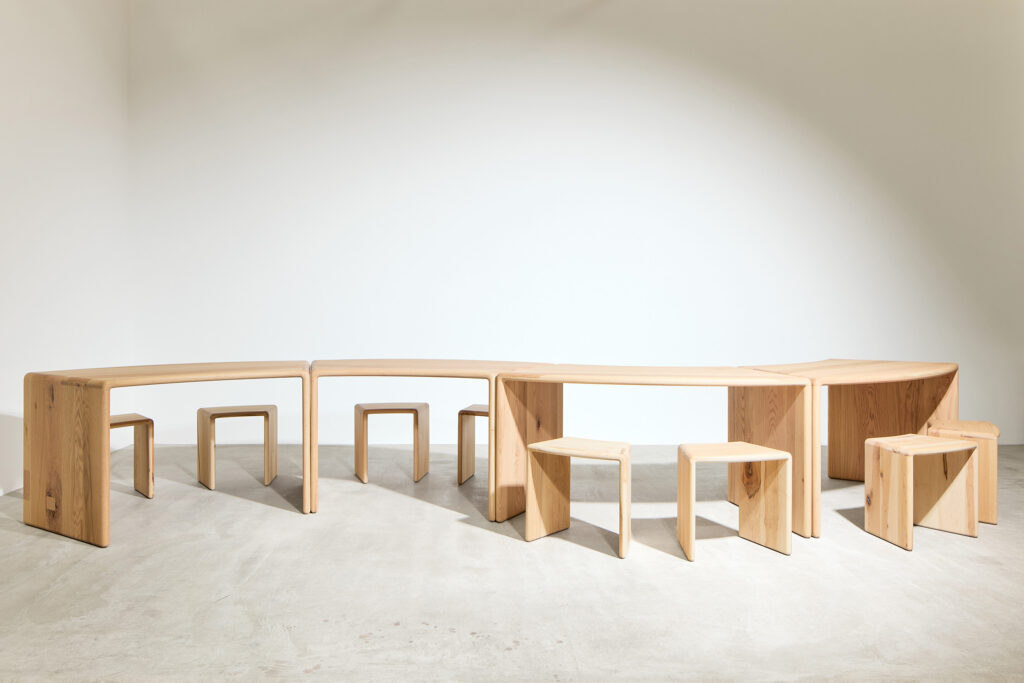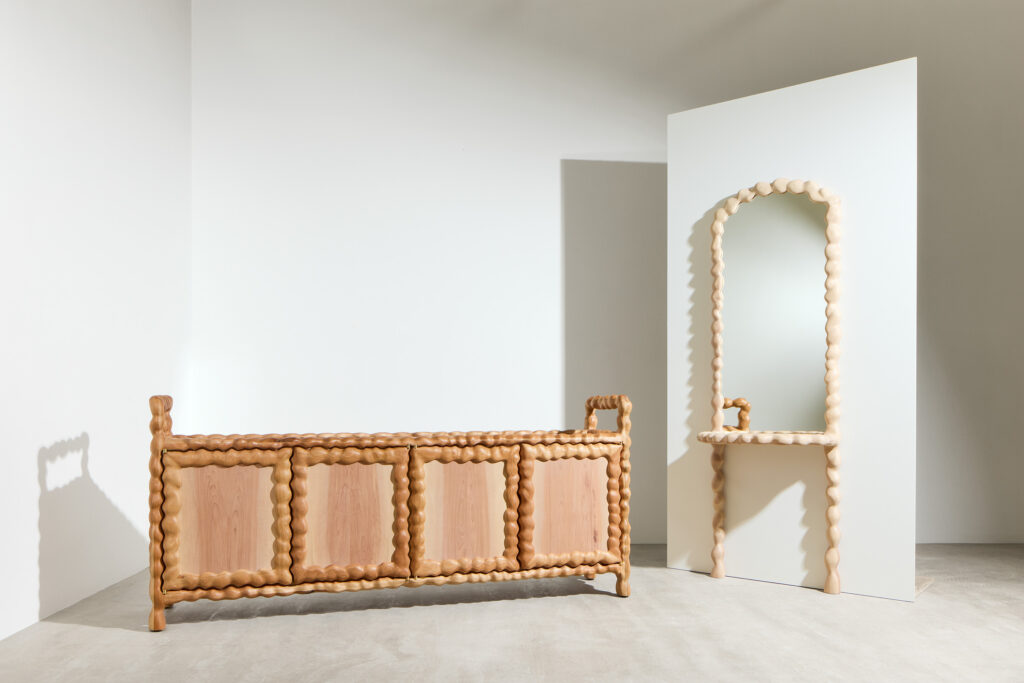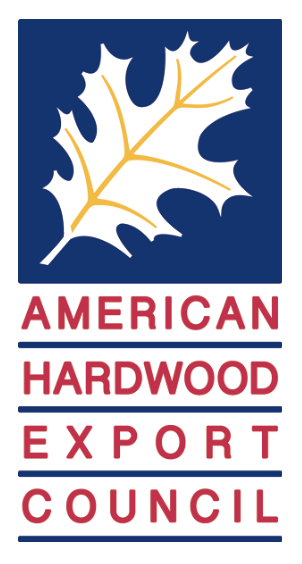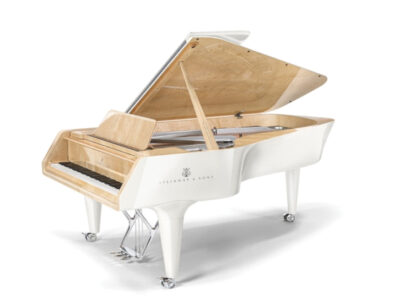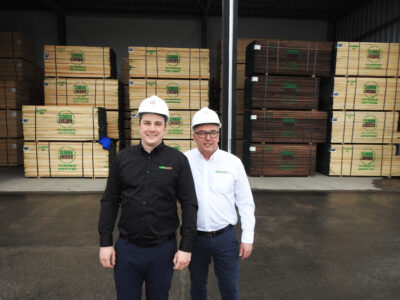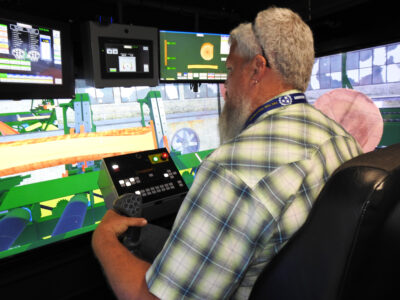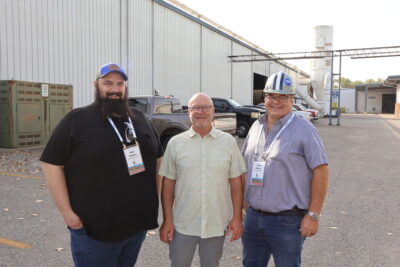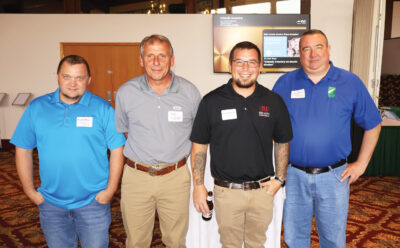AHEC Project “No.1 Common” Inspires Designers To Consider Lower Grade Material
This June, four designers exhibited three collections in “cabinet grade” American hardwoods at 3daysofdesign in Copenhagen. As one of the key events of the design festival, “No.1 Common” became a focal point for the design industry and a conversation starter on how the natural character marks of wood can add to the beauty of the piece.
The four designers,
Daniel Schofield, Kia Utzon-Frank,
Anna Maria Øfstedal Eng,
and Andu Masebo,
approached this project to champion a sustainable approach to material selection: ‘use what nature provides.’
American hardwood forests contain more than twice the volume of standing timber today as 50 years ago. To maximize the potential of this natural resource, we need to rethink how we use timber – learning to appreciate and utilize not just the most ‘pristine’ cuts, which make up only up to 10 percent of the tree, but as much of the tree as possible.
Although Number 1 Common – aka No.1C – hardwood has a lower percentage of clear wood across an entire board, the clear wood is generally the exact same high quality as upper grades, just in smaller cuttings.
Communicating this difference is key to international markets – who often tend to specify “FAS” even if lower grade lumber is perfectly suitable for the project.
Although 1 Common was originally created as the ‘cabinet grade,’ specifically selected to be used in cabinetry, flooring or furniture parts, it is still not commonly used in Europe, in favor of ‘cleaner’ grades of timber.
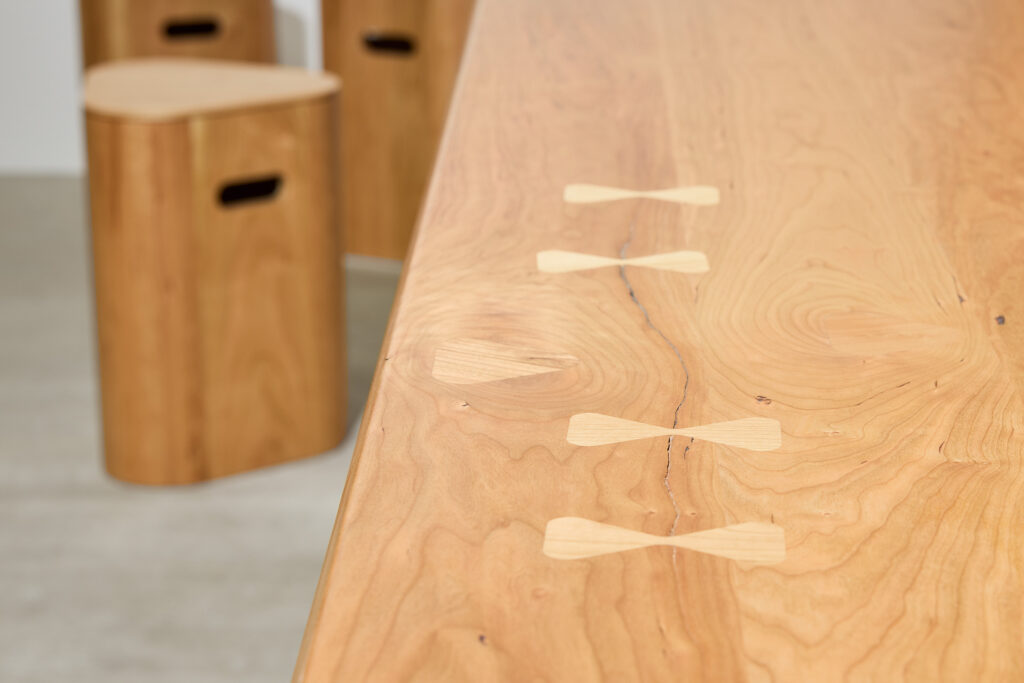
“Common Room” by Daniel Schofield in American Cherry
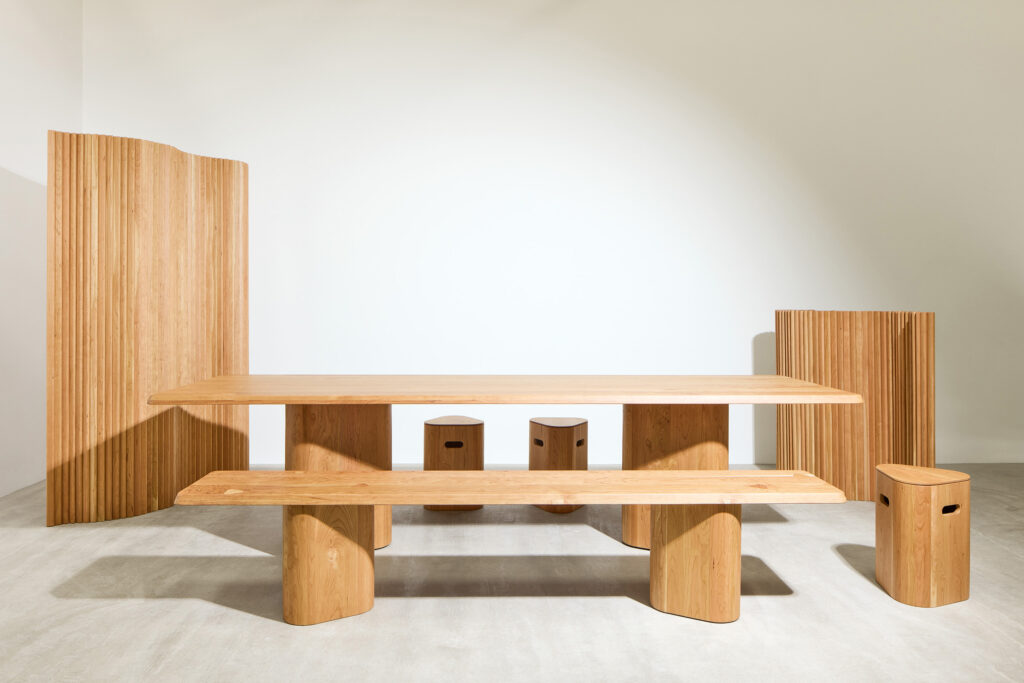
“Common Room” by Daniel Schofield in No.1 Common Cherry
London-based designer Andu Masebo has turned his expertise in ceramics, metal fabrication and carpentry to a number of high-profile projects, retaining a focus on simplicity, accessibility and materiality. For ‘No.1 Common’, Masebo has designed a dynamic tablescape that transforms over the three days of the festival, facilitating a series of events guided by the act of bringing people together. In most homes, the dining table is a hub for social interaction. More than just a surface for utensils to rest on, it provides a context for inviting people into spaces, a place to gather around, somewhere for sharing stories and making new ones. This project imagines the table as a center of gravity and seeks to create moments that bring people towards it. Made in No.1 Common Red Oak, the table comprises eight curved segments that are reconfigured in various ways throughout the exhibition. As the surface evolves, it becomes a stage for objects that invite connection – and a canvas for the traces left behind by each event. Made from No.1 Common brown Maple, a set of semi-stackable stools echo the table’s design language, offering maximum adaptability and forming a cohesive family of pieces.
Based in Copenhagen, British designer
Daniel Schofield
brings a complementary set of skills from his background in graphic design and carpentry to his practice as a furniture designer. The concept behind ‘Common Room’ plays on the timber grade’s name while addressing a real need. As demand grows for flexible workspaces that balance productivity, community, and privacy, Schofield’s project asks: can simple, adaptable pieces meet the needs of this new way of working? Schofield has used No.1 Common Cherry wood to create a furniture family comprising a table, bench, stools, and screens of varying heights. With its natural variation – knots, color shifts, and irregular grain – No.1 Common often requires more work to make it viable for large-scale production. Rather than hiding these characteristics, Schofield has developed a system to embrace them. A simple yet effective approach to joining splits and patching knots maximizes the potential of No.1 Common. The butterfly joint, traditionally sharp-edged in handcraft, has been given rounded corners to speed up production and highlight its machine-made nature.

Furniture and homeware designer

Anna Maria Øfstedal Eng
celebrates imperfection as an emblem of honesty and transparency. From her studio in Fjellhamar, Norway, she creates unique sculptural objects in ceramic, wood, stone and metal. For ‘No.1 Common’, Øfstedal Eng has designed a cabinet and wall mirror inspired by material experimentation using characterful Yellow Birch. Her discoveries connect closely to her long-standing inspiration she has found in roots and branches – forms that twist and shape both structure and silhouette. A key insight from Øfstedal Eng’s collaborative, hands-on experimentation with Benchmark was the discovery of Yellow Birch’s rich spectrum of color variations. This led to laminating boards of the same species displaying different tones and grains to create a range of patterns – some bold and graphic, others subtle and soft.

